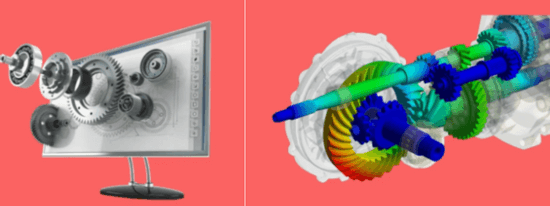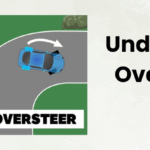In today’s fast-moving engineering world, bringing concepts to reality relies more than ever on advanced technologies like Computer-Aided Engineering (CAE).
CAE empowers engineers to simulate, analyze, and optimize designs long before they reach production — reducing development time, improving quality, and cutting costs. At Caliber Technologies, we harness these capabilities to help our customers transform ideas into fully realized, high-performance products.

1) Rapid Prototyping and Iteration
CAE facilitates rapid prototyping by allowing engineers to create virtual models of their designs. With the ability to simulate various scenarios, engineers can quickly iterate on their concepts, testing different configurations and materials without the time and cost associated with physical prototypes. This speed enables faster innovation and helps bring products to market more efficiently.
2) Enhanced Design Accuracy
One of the critical advantages of CAE is its capacity for detailed analysis. Engineers can use simulation tools to evaluate how designs will perform under real-world conditions. By analyzing factors such as stress, heat distribution, and fluid dynamics, CAE helps identify potential weaknesses early in the design process, leading to more reliable and robust products.
3) Cost Reduction
The integration of CAE into the engineering workflow can lead to significant cost savings. By reducing the need for multiple physical prototypes and minimizing design errors, CAE helps streamline the development process. This not only lowers material and production costs but also enhances overall project efficiency.
4) Interdisciplinary Collaboration
CAE promotes collaboration among diverse engineering teams. By providing a shared platform for simulation and analysis, engineers from different disciplines can work together seamlessly. This collaborative approach fosters innovation, as varied expertise contributes to more comprehensive and effective solutions.
5) Sustainability Considerations
Modern engineering increasingly prioritizes sustainability, and CAE plays a vital role in this movement. By simulating the entire lifecycle of a product, engineers can evaluate its environmental impact from materials sourcing to end-of-life disposal. This insight enables the design of more sustainable products that minimize waste and energy consumption.
6) Complex System Analysis
As products become more sophisticated, the ability to analyze complex systems is crucial. CAE allows engineers to simulate interactions between multiple components and systems, providing insights into how they function together. This capability is especially valuable in industries like aerospace and automotive, where systems integration is critical for performance and safety.
7) Innovation and Future-Proofing
By utilizing CAE, engineers can explore innovative design concepts that may not be feasible with traditional methods. The ability to simulate cutting-edge technologies and materials encourages creativity and experimentation. Moreover, CAE helps future-proof designs by allowing engineers to test for adaptability and resilience in the face of evolving industry standards and consumer demands.
Conclusion
The role of CAE in modern engineering cannot be overstated. As a bridge between concept and reality, CAE enhances design accuracy, accelerates development cycles, and fosters collaboration across disciplines. By embracing these advanced tools, engineers can not only improve product quality and reduce costs but also contribute to a more sustainable future.
In an era where innovation and efficiency are paramount, leveraging CAE is essential for staying competitive. As technology continues to advance, the integration of CAE into engineering processes will undoubtedly play a crucial role in shaping the next generation of products and solutions. By turning concepts into reality, CAE empowers engineers to push the boundaries of what’s possible, driving progress in every field of engineering.



